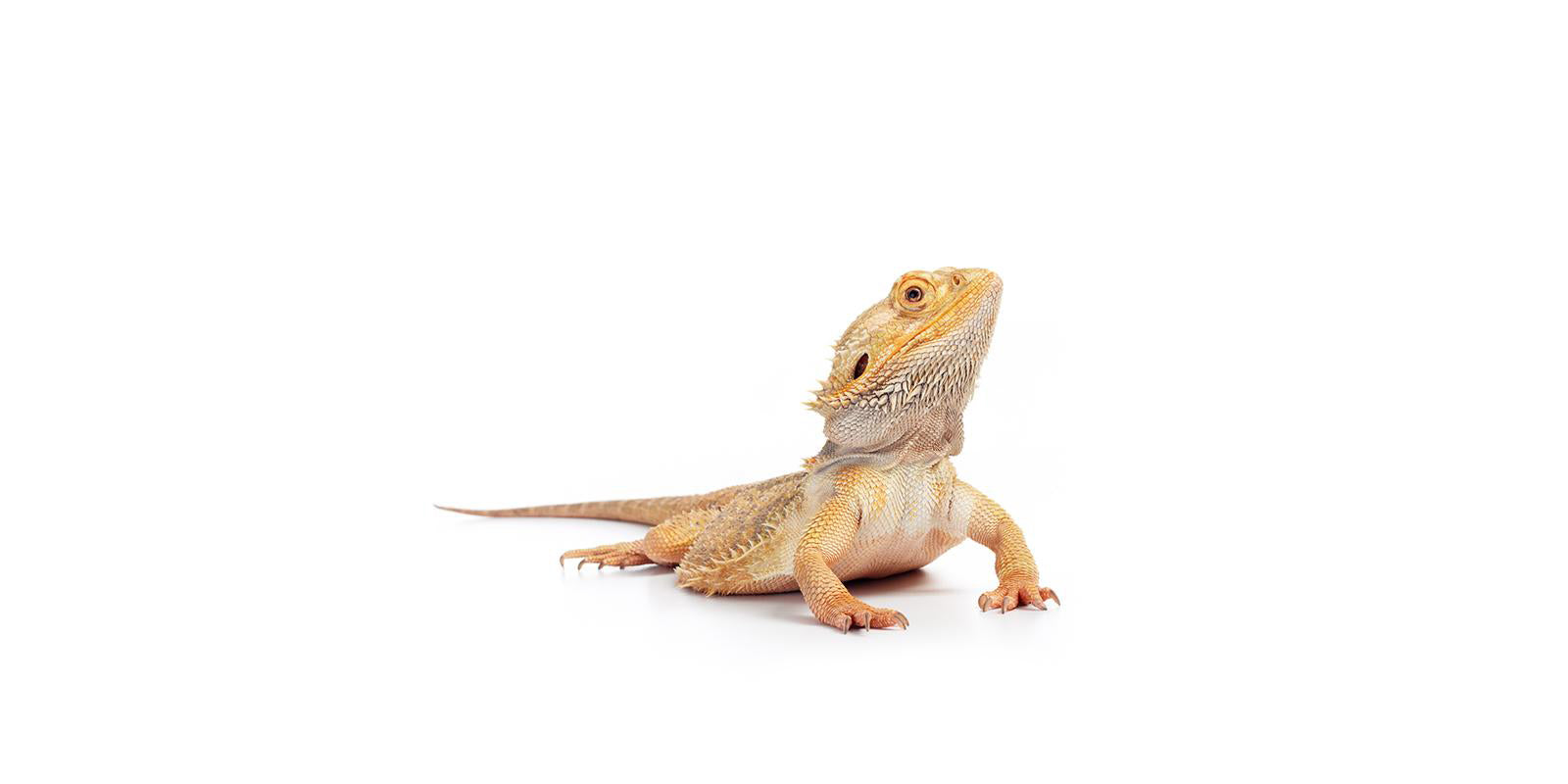
Yellow Fungus In Bearded Dragons
Yellow fungus, also known as CANV (Chrysosporium anamorph of Nannizziopsis Vriesii), is a nasty contagious infection that can affect many reptiles including bearded dragons. There have been some sporadic cases of humans contracting yellow fungus but only in cases where the person has been severely impacted by other health problems that have compromised their immune system. Yellow fungus is not zoonotic, which means humans cannot catch it from bearded dragons.
The symptoms of yellow fungus vary by the severity and the length of time that the condition has been there. Early signs include lethargy, decreased or non-existent appetite, weight loss. As time goes on, you will notice more severe manifestations of the infection such as discolored yellow, brown, or gray patches, crusty dark yellow patches that appear to be coming out of the vent area. They could seem to shed but reveal open weeping sores, open lesions, slow healing of all wounds and sores, sunken eyes, and eventually necrosis of the limbs and body. One of the nasty aspects of this condition is that it usually begins internally. Hence, the only signs you will have that it is present are the earlier symptoms, by the time that the visible conditions on the scales are present, the disease has already been progressing for an amount of time, which makes it challenging to treat. Which is why it’s essential to seek veterinary attention as soon as possible. Unfortunately, in a lot of cases, this makes it very difficult to manage, and it can only be slowed down. However, if yellow fungus is caught early enough with aggressive treatment, oral antifungal medications, medicated baths, and other topical treatments and it can either be slowed down to prolong the lifespan of the dragon or possibly be treated.

Comments
Leave a comment